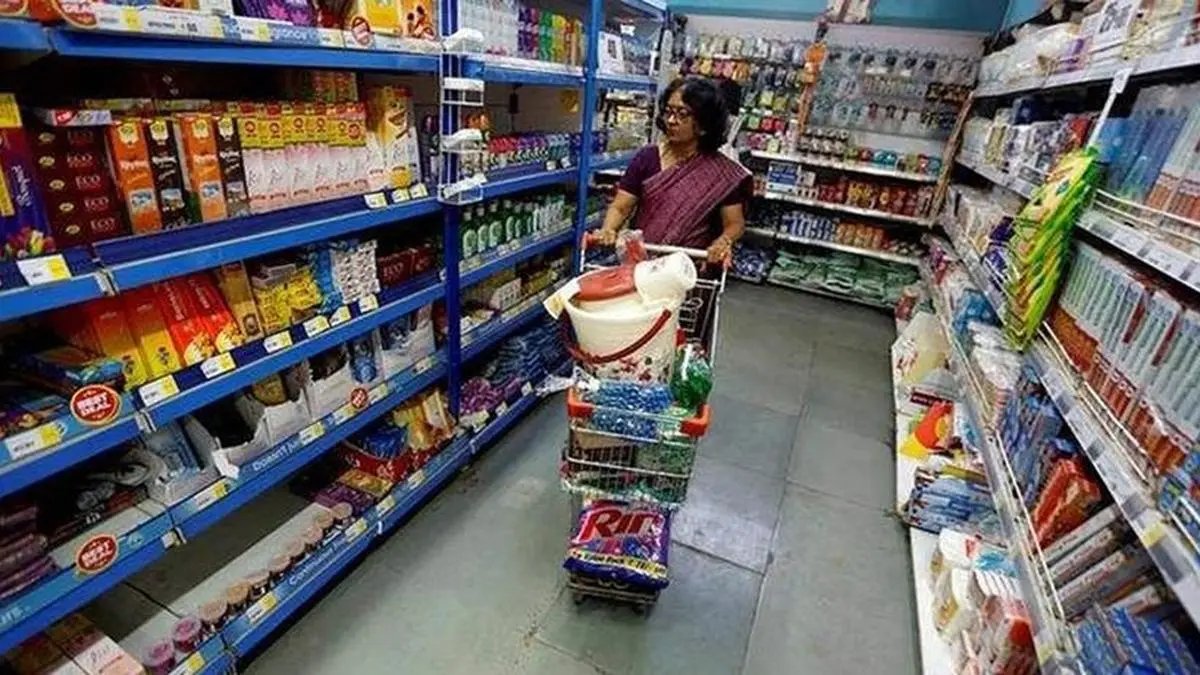FMCG growth at 12.9%, rural markets continue to outpace urban

The FMCG industry recorded a 12.9 per cent value growth in the September quarter year-on- year with rural markets continuing to outpace urban consumption, as per estimates released by NielsenIQ. The industry posted 5.4 per cent rise in volume and 7.1 per cent increase in prices in Q2 CY 2025, with unit growth higher than volume growth, indicating consumers continued preference for small packs. The overall FMCG growth in September quarter was marginally lower than June quarter (13.9 per cent value growth) due to the impact of the GST transition.
Rural
Rural markets recorded a volume growth of 7.7 per cent in Q3 CY2025 outpacing urban markets (3.7 per cent volume growth) for the seventh consecutive quarter. Both rural and urban markets experienced slowdown compared to the June quarter. In the June quarter, rural regions had recorded 8.4 per cent volume growth while urban regions had experienced 4.1 per cent volume growth.
Sharang Pant, Head of Customer Success – FMCG, NielsenIQ in India, stated, “The Indian FMCG sector continues to demonstrate resilience, with rural markets leading the charge for seventh consecutive quarters. While urban recovery is gaining traction, particularly in smaller towns, rural demand remains the cornerstone of volume expansion. E-commerce continues to be a key growth engine, especially in the top eight metros. With inflation easing, the outlook for consumption remains optimistic and the impact of GST changes on consumption is expected in the next two quarters.”
“Sustaining this momentum will require deeper channel engagement and sharper, value-led propositions. The industry is entering a phase where agility and consumer-centric innovation will be critical to future success. Additionally, the rapid rise of small/new manufacturers outpacing overall industry growth highlights shifting market dynamics and intensifying competition,” he added.
In Q3 2025, food consumption largely remained stable at 5.4 per cent year-on-year driven by a balance in increased volumes in staples categories and decline in volumes in Impulse and habit-forming categories. Meanwhile, Home and Personal Care (HPC) slowed down in volumes with 5.5 per cent consumption growth compared to 7.3 per cent in June quarter. NIQ noted that GST transition temporarily slowed down HPC volumes while food maintained ground.
E-commerce
E-commerce channel’s contribution increased by 1 per cent in terms of value to FMCG sales in metro regions. NIQ estimates that share of e-commerce channle in all India Urban stood at 5 per cent, all India metro at 13 per cent and 15 per cent in eight top metros in terms of value.
“Q3 ‘25 Omnichannel volume growth remains driven by E-comm, with Modern Trade also contributing this quarter. However, a marginal softening in E-comm volume growth is observed in Q3 ‘25. At the category level, Food shows slight moderation in volume growth, led by Staples and Habit-Forming baskets. Another factor contributing to this volume slowdown is the drop in shopper penetration (Q3 ‘25 vs. Q2’25),” it added.
In metro regions, offline sales continue to see a decline due to shift towards e-commerce but modern trade is on a revival trajectory too, it added. Modern trade segment share to sales in top 8 metros stood at 17.1 per cent in September quarter vs 15.9 per cent in June quarter.
E-commerce channel share (16.8 per cent) in Delhi and NCR and Kolkata has now surpassed share of modern trade (13.5 per cent) and has surpassed 20 per cent mark in Southern metros.
Small Manufacturers Maintain Steady Growth
Small manufacturers continued to drive FMCG consumption in Q3 2025, supported by steady volume growth across both Food and HPC categories on a lower base. In contrast, large players saw a slowdown in consumption in the latest quarter, it added.
Published on November 17, 2025


